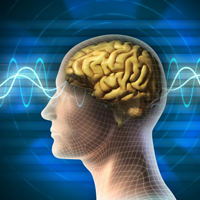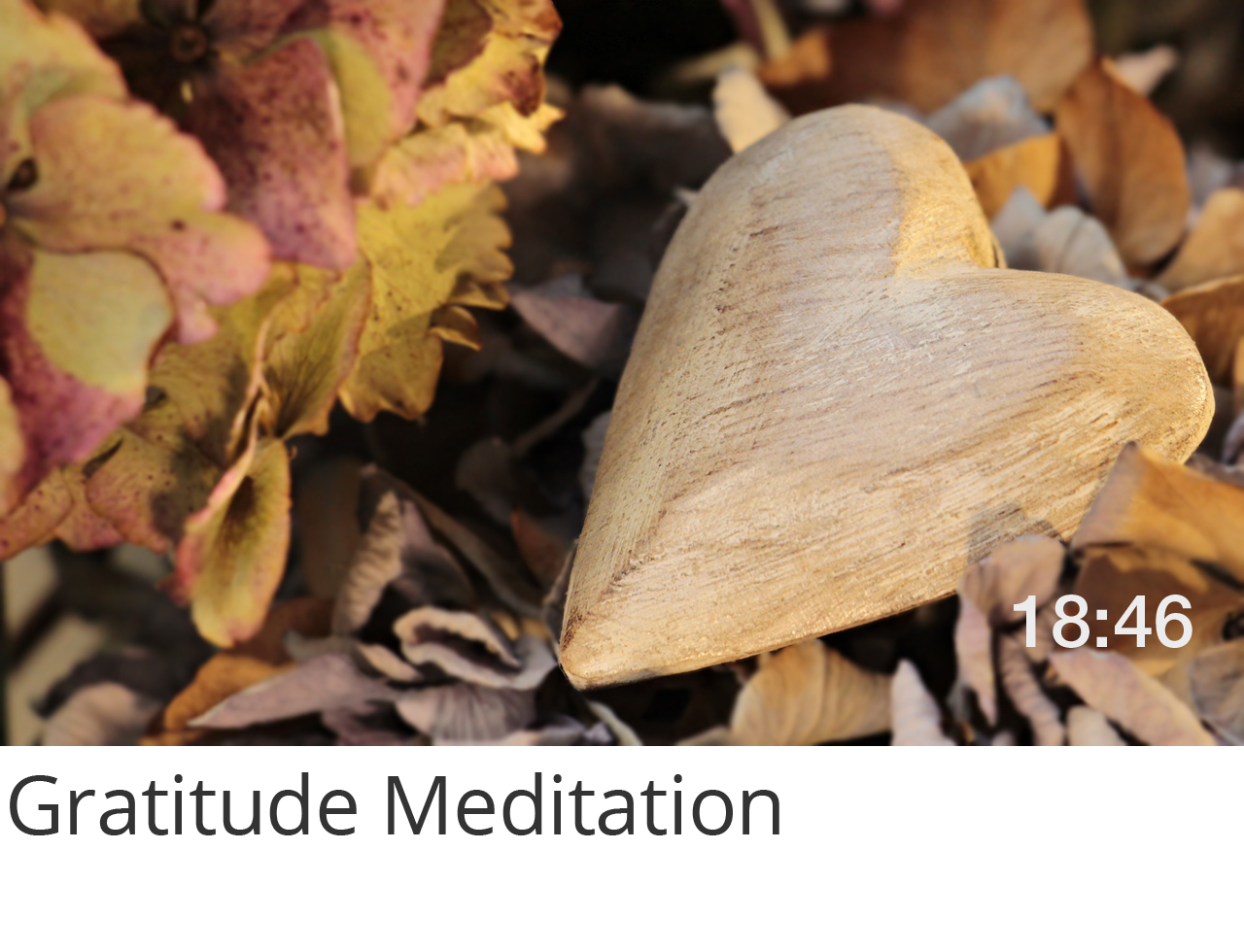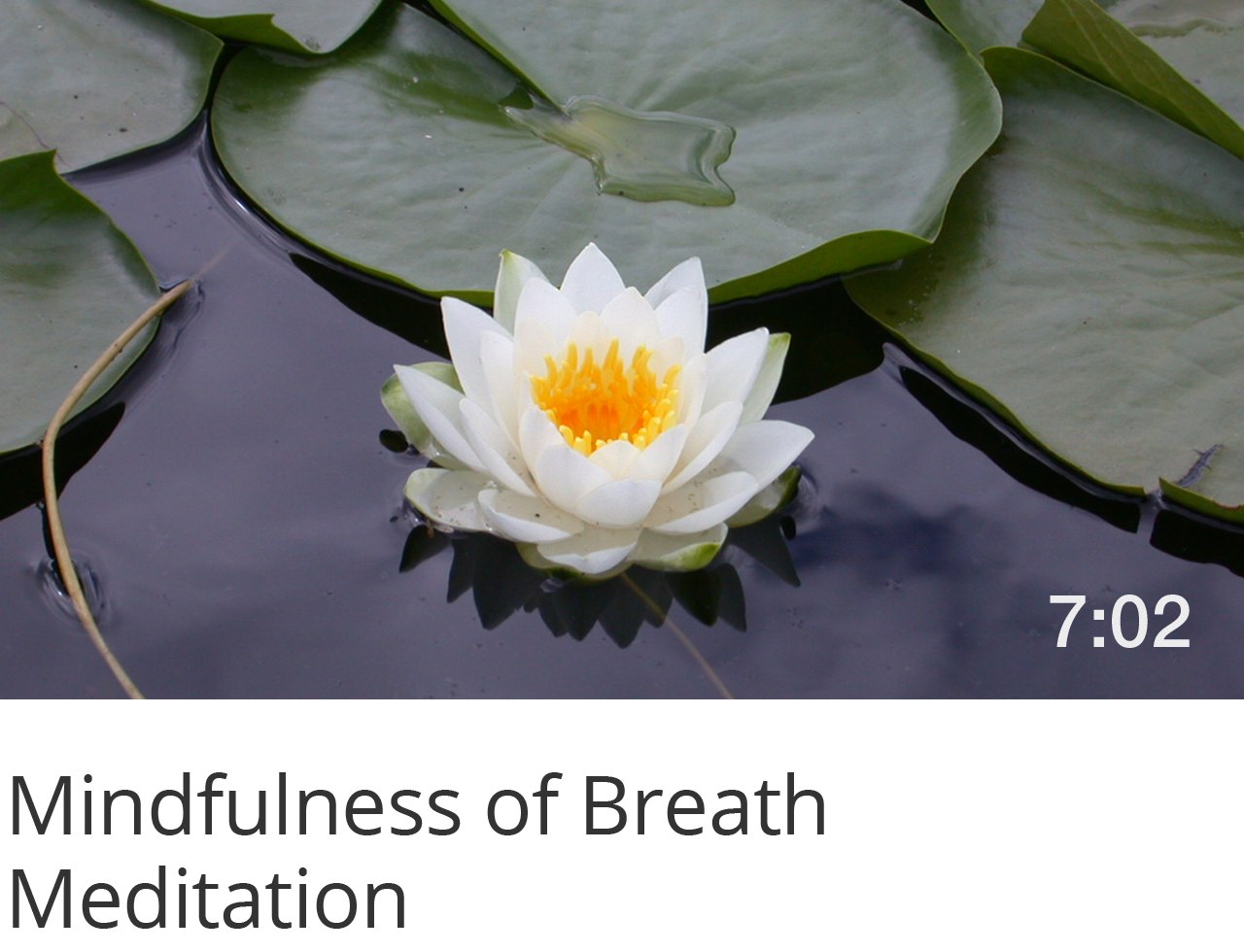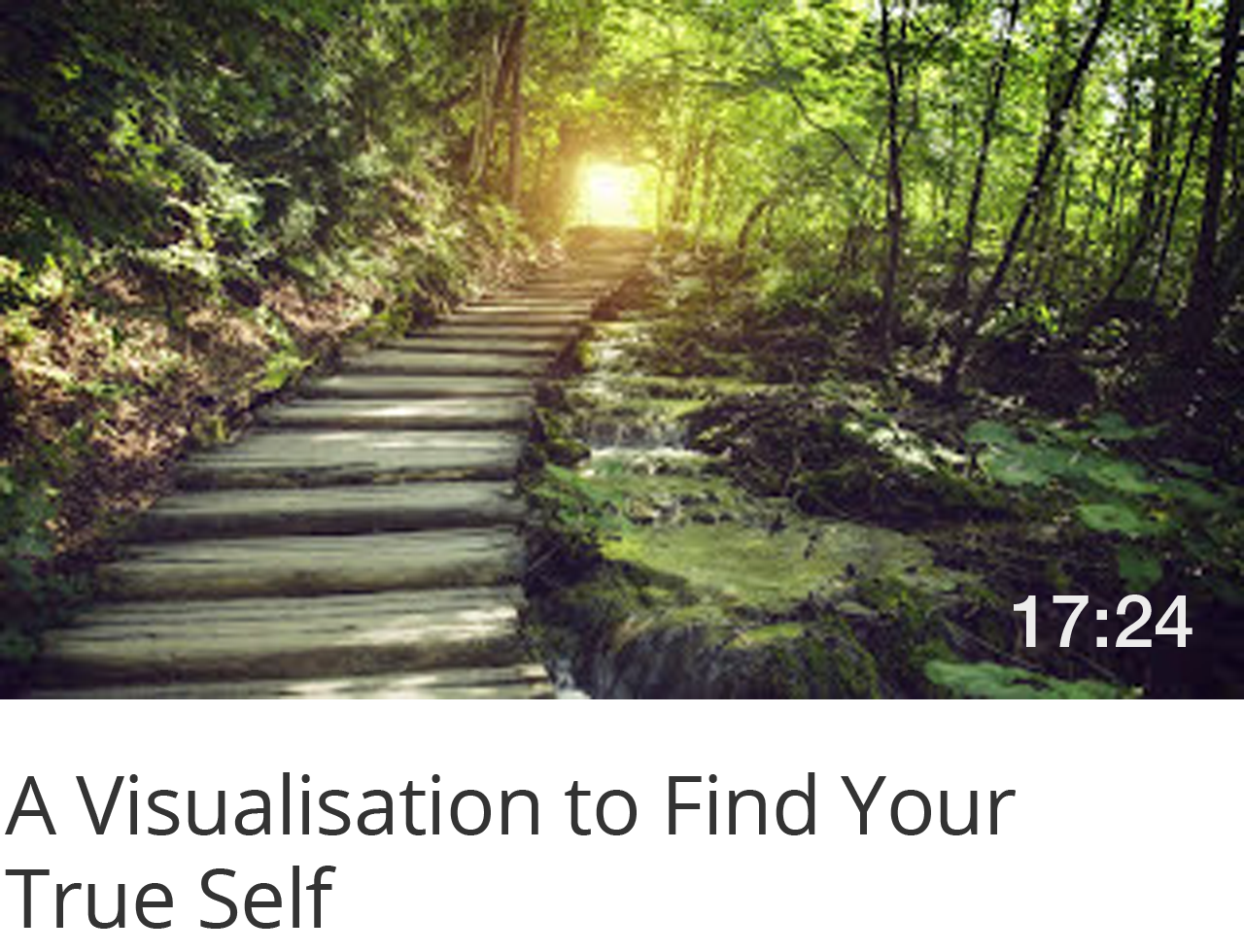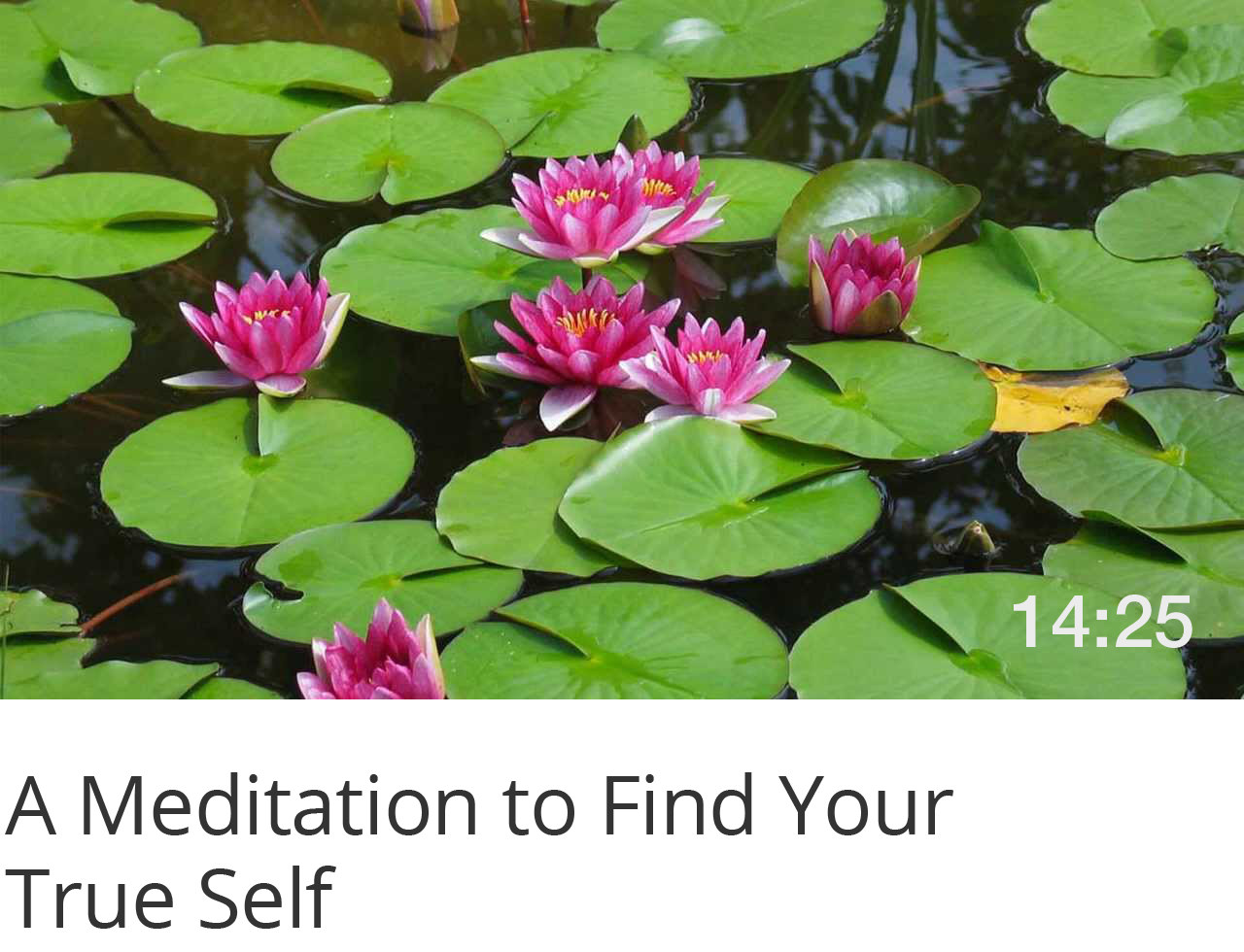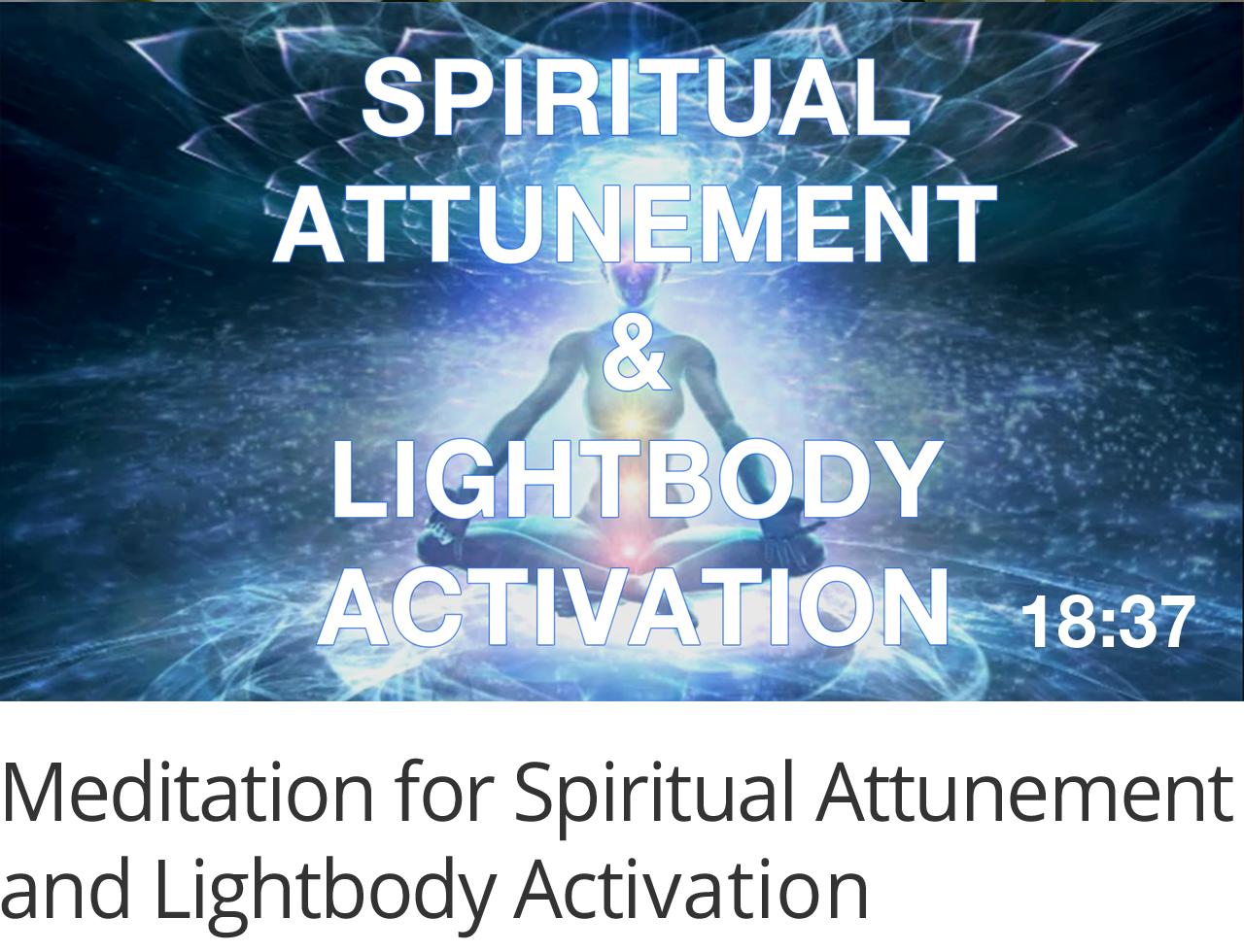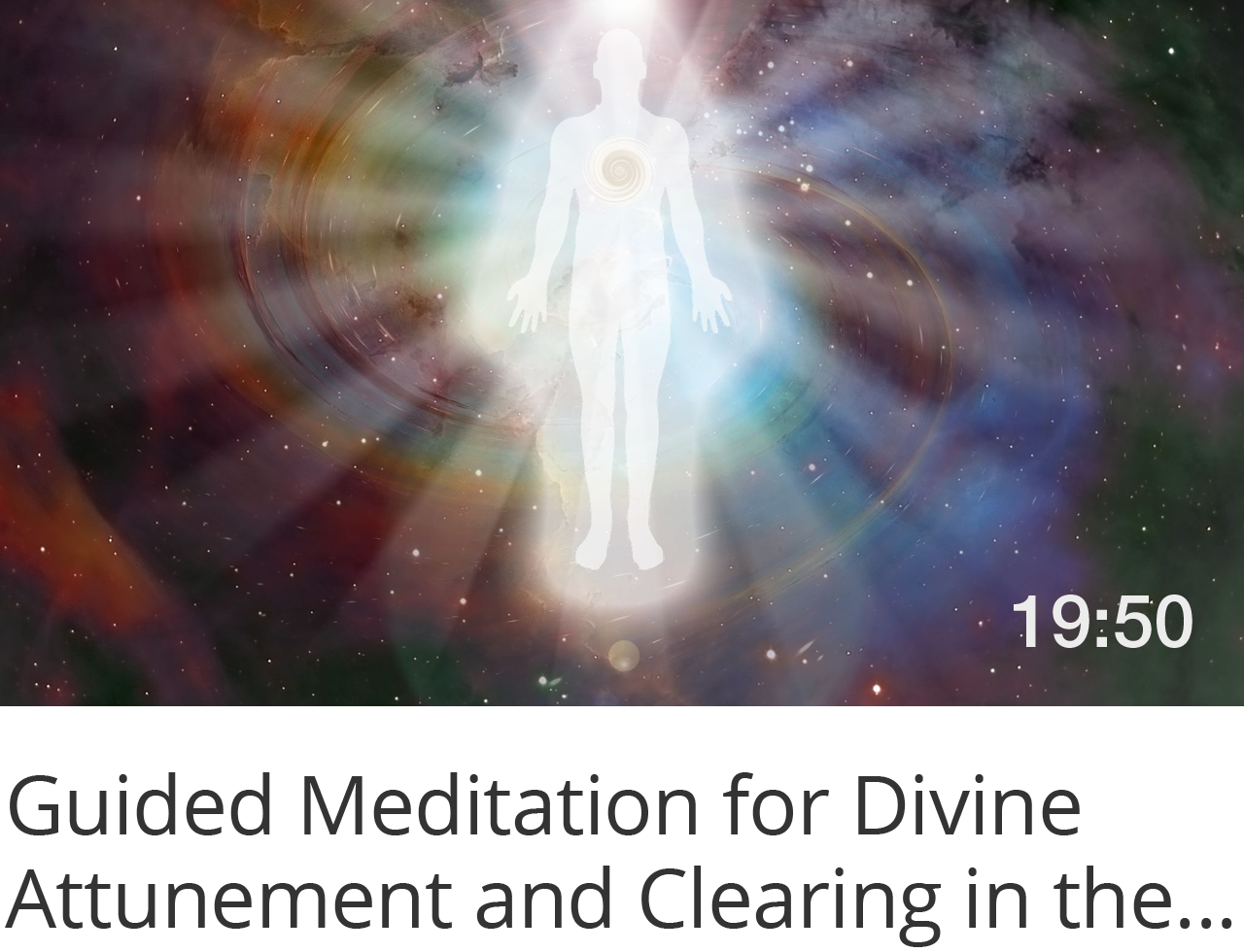Self-empowerment is the utilisation of inner power for greater freedom, self-fulfilment, and self-actualisation. It enables you to expand your awareness, choices, and capacities to meet your authentic needs, unlock your full potential, and be more your true self. With self-empowerment, you are the power. Your mindfulness, presence, and ability to think and act wisely, resourcefully, skilfully, and strategically—with focused, applied will—are key elements for your self-empowerment. To fully master self-empowerment, you need to free yourself from disabling emotions, limiting thought patterns, unresourceful states, and the harmful effects of enculturation and socialisation.
Understanding Disempowerment: Causes, Consequences, and Solutions
Disempowerment occurs when you lack the freedom and capacity to fulfil your full needs. It stems from a deficit of knowledge, wisdom, skill, presence, and resourcefulness, as well as from the effect of disabling emotions (such as fear, apathy, guilt, and shame), limiting beliefs (such as the belief that you can’t do something), and negative and distorted thinking (such as hopelessness and pessimism). Overall, it results from unconscious and reactive living and your immersion in social, political, and cultural systems that legitimise and depend upon your disempowerment.
When you’re in a disempowered state, the absence of necessary conditions to meet your own needs can lead to dependence on others, including the State, to fulfil those needs. However, this dependency poses a three-fold problem:
- Not all needs can be met externally, revealed by the existence of social exclusion, poverty, illness, crime, and a widespread lack of spiritual health.
- Disempowerment can create a mutual dependency between the dependants and their providers that keeps both trapped in their roles and lacking responsibility, with manipulation from both sides perpetuating the dependency.
- Dependency does not promote self-development and so the meeting of authentic needs will probably be in jeopardy.
Recognising this problem opens the door to empowerment. By developing individual responsibility and challenging the structures that perpetuate disempowerment, you can break free from this dependency and reclaim your power.
Institutionalised Disempowerment
Institutionalised disempowerment occurs through enculturation (our assimilation into mass culture) and socialisation (our assimilation into mass society). As part of this process, social engineering (the deliberate shaping of our attitudes and social behaviour to achieve certain ends) is played out by the ruling powers to control us. Our perception is generally limited by the dominant worldview, omitting the full light and power of our true nature from its narrative, thus keeping us controllable and legitimising our disempowerment. As part of our institutionalised disempowerment, we also agree, through lack of informed consent, to be bound by contracts that further disempower us.
The ruling powers resort to techniques of appeasement and distraction to hold together a disempowered society—techniques known since Roman times as bread and circus. Without institutionalised appeasement and distraction, there is a risk that the frustrations of disempowerment will lead to the breakdown or overthrow of society, and therefore to the fall of the ruling powers.
Self-empowerment, therefore, requires you to become aware of and break free from your enculturation and socialisation. To do this, you must first free yourself from automatic thinking and behaving—to deprogram yourself and deautomatise, with the help of mindfulness and critical thinking.
Self-Empowerment and the Trance of Mass Society
Breaking free from the trance of mass society is crucial for your self-empowerment. One of the ways we are held in this trance is through spectacle. Spectacle is created in the mass media and in the patterns of social behaviour that people adopt in response. The use of entertainment as a spectacle to entrance a population so that they are appeased and distracted from the issues of self-development and social organisation—and so do not challenge the status quo—was described by Juvenal when he wrote about the practice of bread and circuses and the deterioration of society in his Satire X. Today, the circus is the image-saturated sensationalism of mass media, broadcast to us 24/7 through the television and the Internet, like George Orwell’s telescreens. These modern-day telescreens dominate our lives, rendering us passive.
Apart from news and entertainment, we are also held in trance by manufactured representations of life created through marketing and PR, as well as by the consumer culture of mass society. This culture reduces life to images of what we supposedly want and reduces social relationships to impersonal relationships based on the relationship between commodities. The spectacle traps us in a manufactured, programmed, virtual reality, making the image more important than the real, natural world, and our roles more important than our true identity. This leads to the estrangement of people from themselves, each other, and the natural environment, and thus to their disempowerment.
You can wake up the spectator and become the mindful observer by bringing the metacognitive power of mindfulness to bear on your experience of society and its culture, the way you behave in society, the roles you play and identify with, and the unquestioned beliefs and values you inherit.
Key Processes Used in Self-Empowerment
Self-Awareness
Self-awareness empowers you to become aware of your inner source of power and potential—your inner resources, skills, talents, and, ultimately, your true self. It enables you to become aware of your authentic needs and the inner blocks to meeting them. Additionally, self-awareness is required for your self-liberation and self-actualisation. You can most effectively develop self-awareness through the metacognitive state you create in mindfulness and meditation, combined with the practice of self-inquiry.
Self-Liberation
Self-liberation is the process of overcoming the blocks to your self-awareness and self-actualisation, and thus to your self-development. Such blocks include:
- Disabling emotions, such as fear, apathy, guilt, and shame.
- Limiting beliefs and fallacies.
- Cognitive distortions, such as selective thinking, minimising, and jumping to conclusions.
- Cognitive biases, such as pessimism bias, conformity bias, egocentricity bias, and authority bias.
- Illusions.
- Cultural and social conditioning.
- Limiting patterns of behaviour, such as overthinking, addictions, and numbing out.
- False identifications, such as identifying with your role, socially manufactured identity, or state of mind.
- Unresolved traumas and complexes.
- Draining attachments.
- Unresourceful states, such as stress, anxiety, depression, tiredness, dissociation, and incoherence.
- Low self-worth.
- Reactivity and automatic thinking
As described in Overcoming Apathy and Action Paralysis, You can attain self-liberation by combining mindful awareness and self-inquiry with therapeutic techniques that help to clear your inner blocks. An important part of your self-liberation occurs when you use mindfulness to enter a metacognitive state in the present moment—where your power is found and your full choices can be restored. You enter a metacognitive state by disengaging from your mental events and returning to your observer self; it’s the most powerful state for noticing, challenging, and clearing the errors and distortions of thinking that contribute to your disempowerment.
Self-Actualisation
Self-actualisation is the process of fulfilling your authentic needs and potential with the application of self-awareness and self-liberation. In its ultimate form, self-actualisation is the process of manifesting the full potential and presence of your true self, so that you walk a conscious path of authenticity. This is an important point because if you are not aware of and embodied in your true self, and are thus not aware of your authentic needs, you may be trying to fulfil the desires of your conditioned, reactive ego-self instead. For more on walking a conscious path of authenticity, check out Finding Your Life Purpose.
A Strategy for Self-Empowerment
Putting into practice these three processes of self-empowerment requires mapping out associated time-bound goals and tasks for doing so and holding yourself to account for their completion. The goals are the end results, and the tasks are the steps to achieve them. Make a list of your inner resources, skills, talents, and aptitudes as you identify them. Then, create goals and tasks for developing and implementing them. Similarly, make a list of your inner blocks as you identify them and then create goals and tasks to clear them. For each task and goal, assign a completion date and list the resources needed.
Most importantly, take daily steps to develop and empower yourself. Honour yourself with your commitment to this. Your skilfulness increases the more you practise your self-empowerment techniques, and your wisdom deepens the more you disentangle from reactive, automatic thinking and allow yourself to be heart-centred and guided by your true self and its needs. Seek support and feedback from those who value your self-empowerment, and reach out for advice, training, and healing as necessary.
Self-Empowerment and the Shadow Self
Self-empowerment requires that you are aware of and embrace your shadow self, so that you can integrate and transform it. Your shadow self is the unconscious aspects of your personality that you do not wish to own, and therefore do not consciously integrate or transform. These unconscious aspects are often the negative traits we condemn in others but may also include the positive traits reserved for idols, heroes, or divinity.
To discover your shadow self, engage in mindful self-inquiry, digging deep into your personality with self-awareness. Additionally, take note of the opinions of someone honest who can tell you things about you that you may not want to hear or admit to. While exploring your shadow aspects, it’s crucial to stay mindful and centred to avoid the reactivity and egocentricity bias that might cause you to automatically dismiss or overlook these aspects.
Once discovered, you can then own your shadow aspects with self-acceptance, integrating them and transforming them if necessary. For example, if you have a negative trait of being a complainer, accept the fact that you tend to complain. As you own this, observe and accept any emotions that arise without identifying with them or reacting to them. Proceed to transform the trait by uncovering through self-inquiry the positive need buried within it that has become distorted. Release this need and redefine its expression in an undistorted way. In the example of the complainer, the positive need might be to live at an acceptable standard. Once identified, you can redefine the terms of your acceptable standards based on accepting your present moment experience and potential. Also define how you can actively live at an acceptable standard rather than passively complaining.
Self-Empowerment and Authenticity
Self-empowerment requires you to identify the things that are not authentic by considering, from the reference point of your authentic values and true self, whether they limit your authenticity. If you have already created a list of your authentic values while present in your true self, it becomes easy to evaluate the values and norms of the society you live in against these authentic values to see if they support them or conflict with them. For example, a behavioural norm in society that fosters a state of separation or disregard for the whole will conflict with the authentic value of wholeness, and so you can recognise this norm as an inauthentic pattern of living to release.
Releasing a social norm is often not a trivial activity. The level of attachment you may have to it is often very deep and habitually reinforced by millions of other people, amongst which may be people you know whose disapproval you may fear if you release that social norm. Furthermore, you may also be faced with the fear of being unsupported by society, or of reorganising your entire life which may require further attachments to be let go of, such as the work you do, the things you buy, the things you own, and the people you connect with.
For this reason, clearing conformity bias is essential for releasing a social norm. At each instance, face your resistance with mindful self-inquiry and overcome it, and trust in the process that the big step you are taking is towards authenticity and not towards your undoing. Developing a network of authentic relationships and authentic community as support through this social change is of great benefit.
Self-Empowerment and Your Spiritual Nature
Embracing your spiritual nature is important for self-empowerment as it aligns you with the true multidimensional nature of your being and the greater spiritual whole, strengthening and completing you. As you integrate your spiritual self, your spiritual light will shine forth, purifying your whole being and empowering you. You are then more able to clear and heal maladaptive patterns, unprocessed emotions, and negative imprints that may afflict you, and awaken your intuition and inner guidance to live in the most authentic way.
Self-Empowerment, Compassion, and Gratitude
The empowering feelings of compassion and gratitude can help you to break through the spectacle of inauthentic living, piercing its veils to expose the magic of life and the love that connects us as a whole. These feelings are the nectar of the gods—anomalies that contradict the virtual, programmed reality that dominates our lives. They show us that life is infinitely richer, deeper, and more meaningful than the spectacle of materialism would have us believe. These feelings help us to value the gift of life and are therefore prime motivators for sustainability and heart-focused, spiritual service.
Next step: book an empowering Guidance Call to dive deeper into what has been discussed, and together we will identify personalised steps for your self-empowerment.

